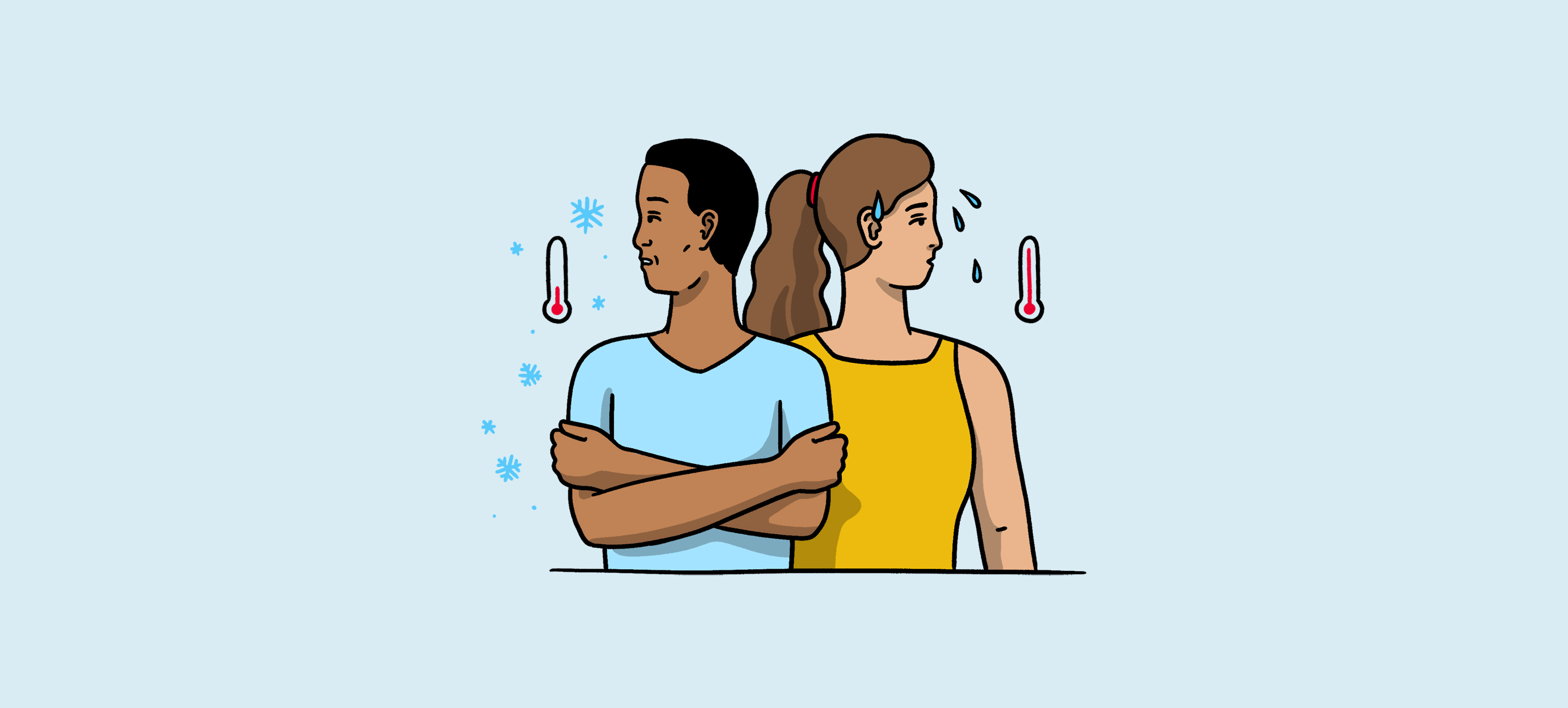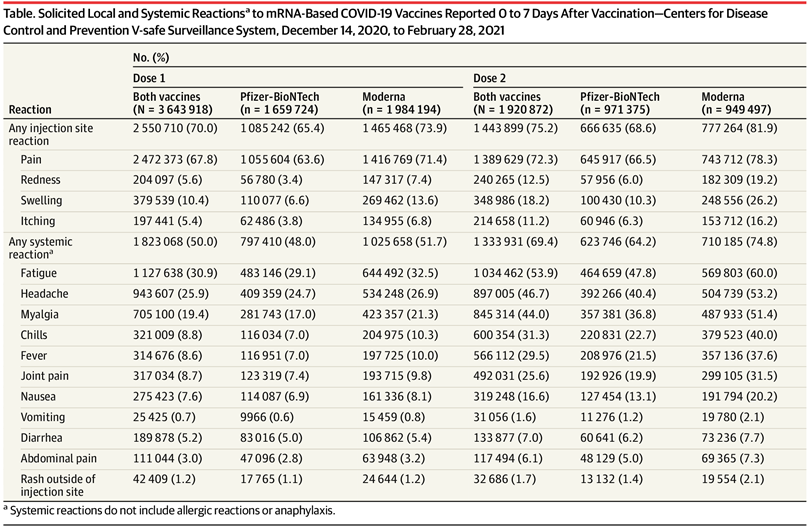You are not alone. According to pre-COVID surveys, over one third said the fear of smelling unpleasant left them feeling unhappy and unattractive. Many people who survived COVID-19 worry about their body odor getting worse post-infection.
A team of researchers from Virginia Commonwealth University surveyed 322 individuals with loss of smell or taste as a result of confirmed COVID-19 infection and found that about half of them felt depressed and worried about their body odor [Coelho et al., 2021]. Extrapolating results of other surveys, this translates into about 20% of those who got through COVID-19.
The most frequently reported phantom smell (likely not actually there) is the odor of smoke or burned food [Frasnelli et al, 2004]. Interestingly, these are also the most frequently reported types of smells that long-COVID sufferers can't perceive, when others detect them.
Temporary loss of smell is common. About 20% of population experience it sometime before the age of 75. This number increases to ~80% in older age.REFERENCES
Coelho DH, Reiter ER, Budd SG, Shin Y, Kons ZA, Costanzo RM. Quality of life and safety impact of COVID-19 associated smell and taste disturbances. American Journal of Otolaryngology. 2021 Jul 1;42(4):103001.
Frasnelli J, Landis BN, Heilmann S, Hauswald B, Hüttenbrink KB, Lacroix JS, Leopold DA, Hummel T. Clinical presentation of qualitative olfactory dysfunction. European Archives of Oto-Rhino-Laryngology and Head & Neck. 2004 Aug;261(7):411-5.
Maiorano E, Calastri A, Robotti C, Cassaniti I, Baldanti F, Zuccaro V, Stellin E, Ferretti VV, Klersy C, Benazzo M. Clinical, virological and immunological evolution of the olfactory and gustatory dysfunction in COVID-19. American Journal of Otolaryngology. 2022 Jan 1;43(1):103170.
Vaira LA, De Vito A, Lechien JR, Chiesa‐Estomba CM, Mayo‐Yàñez M, Calvo‐Henrìquez C, Saussez S, Madeddu G, Babudieri S, Boscolo‐Rizzo P, Hopkins C. New onset of smell and taste loss are common findings also in patients with symptomatic COVID‐19 after complete vaccination. The Laryngoscope. 2021 Nov 26.











